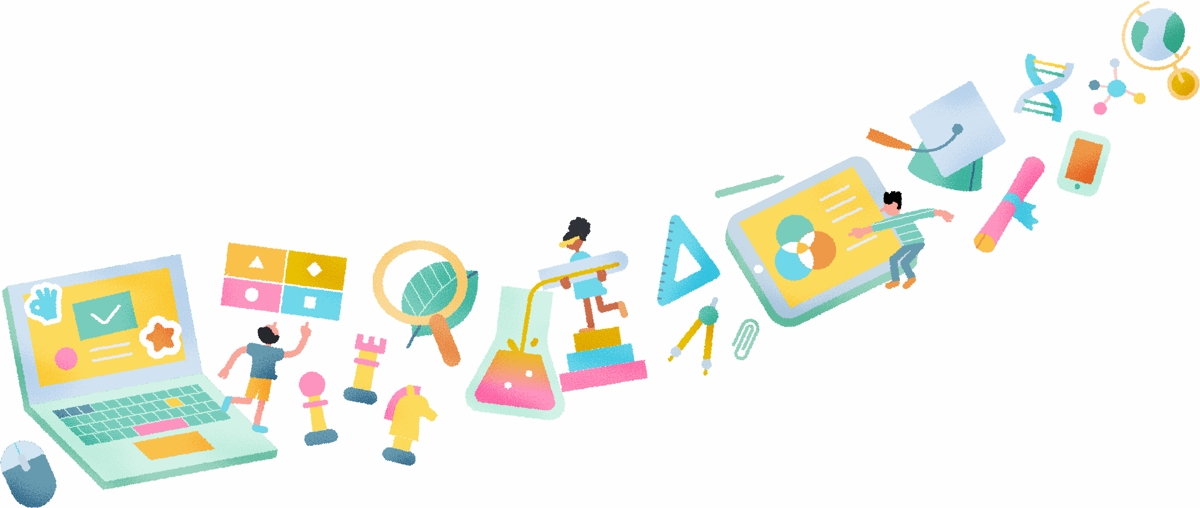IT IS BEGINNING to feel as if the Covid-19 pandemic was a horrible nightmare, not an actual occurrence that “stole” three years from our lives. As the world begins to open up and as we slowly recover from the devastation it has brought us through, I believe some things that became an operational backbone during the pandemic should not be phased out.
Virtual or online learning has been around for quite a while. Unfortunately, it was never extensively tapped into until the pandemic hit and forced teachers and students to look for a different way to continue teaching and learning, as traditional methods were not possible anymore.






